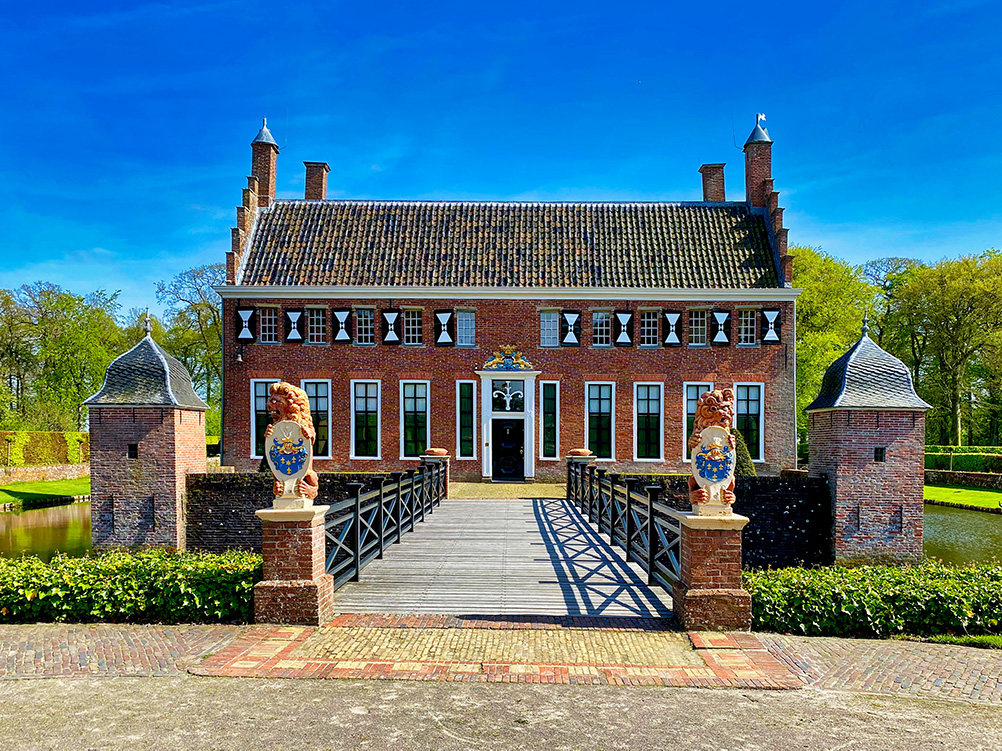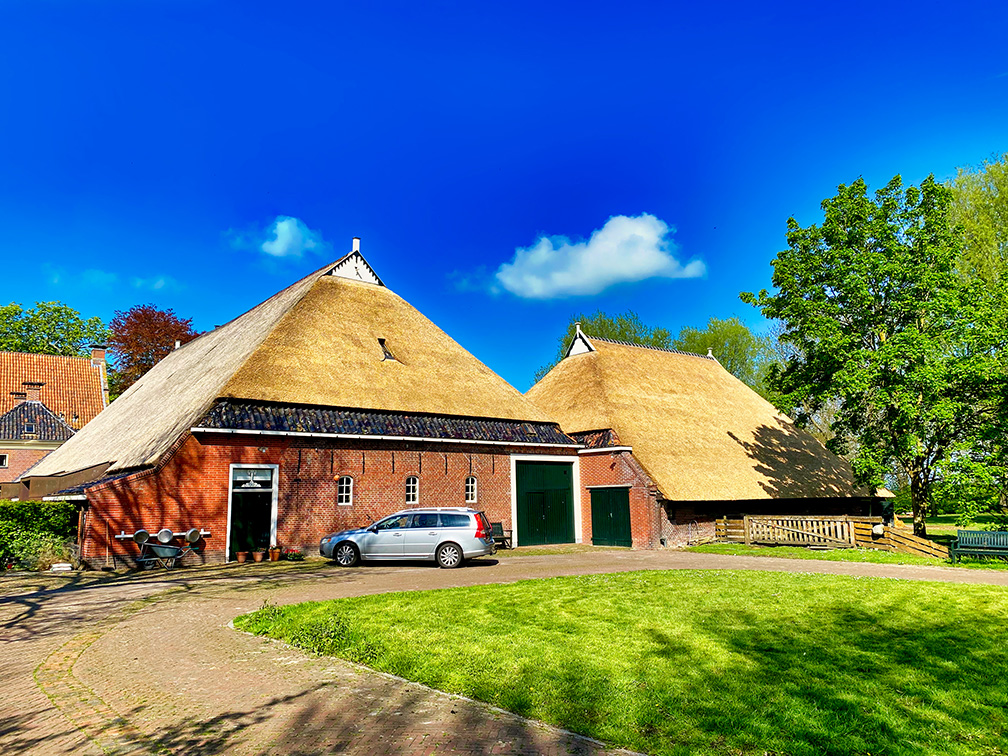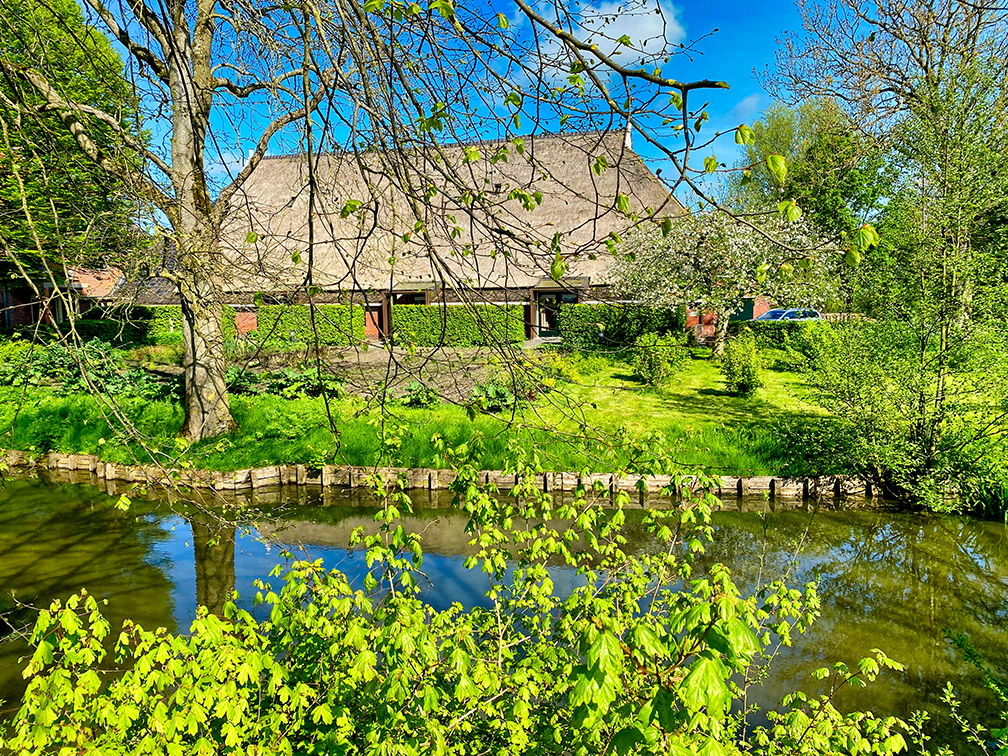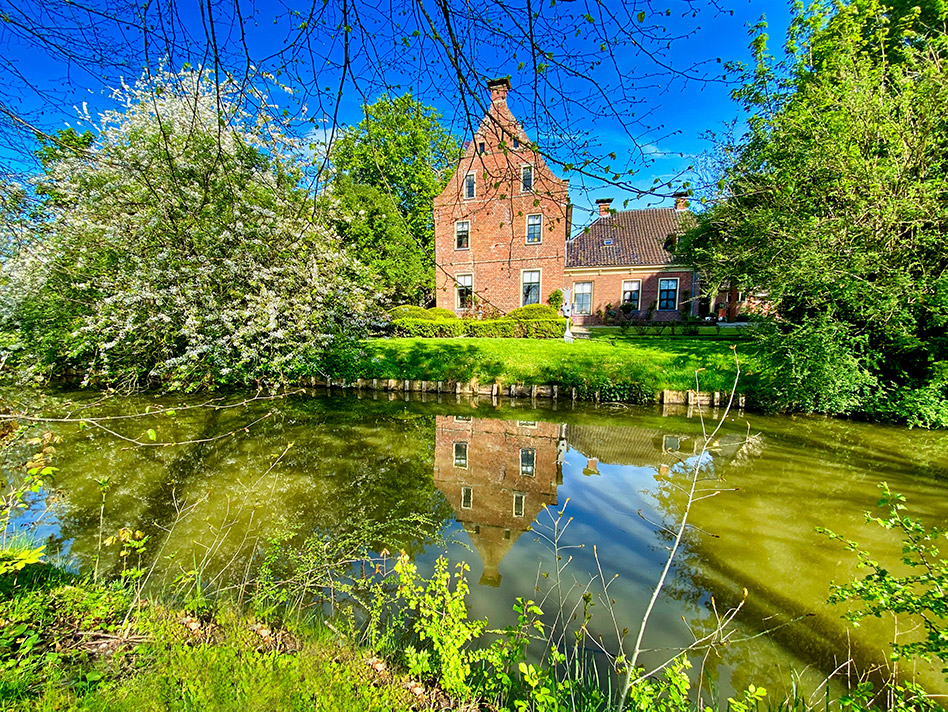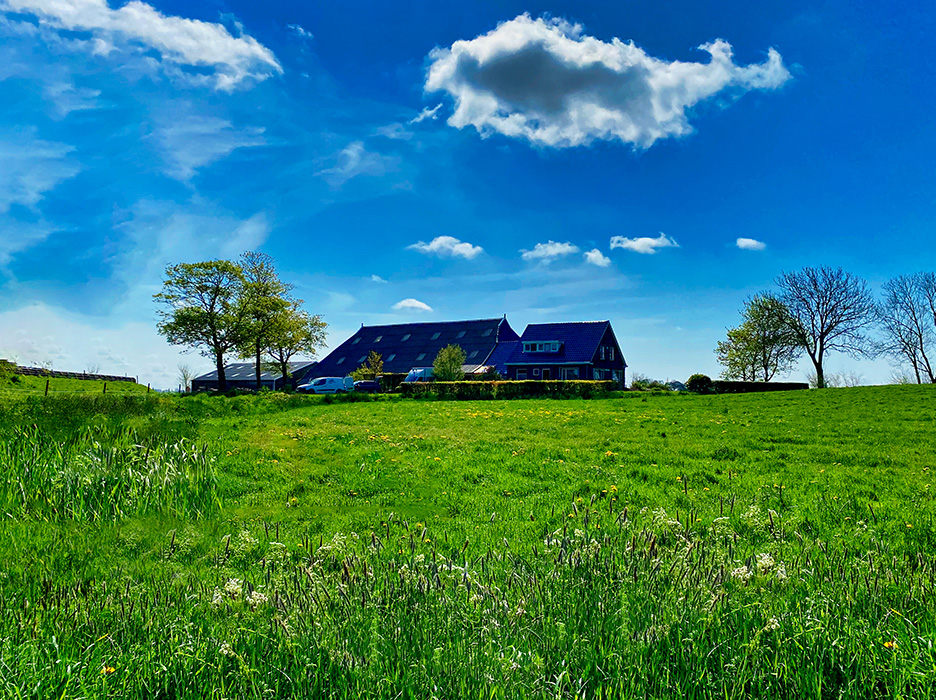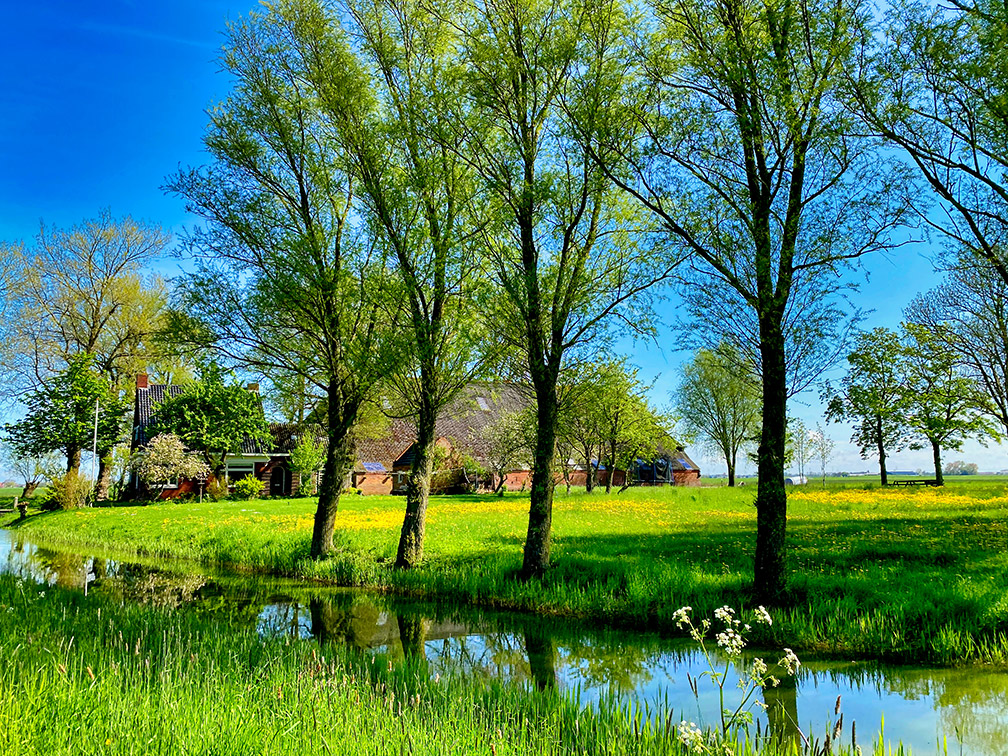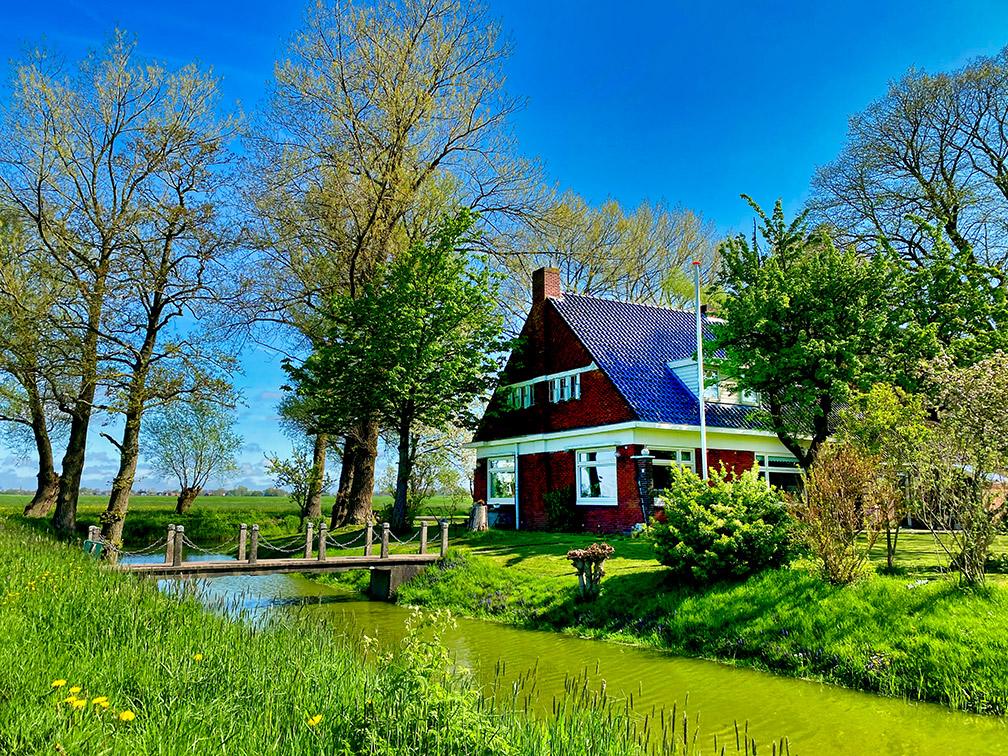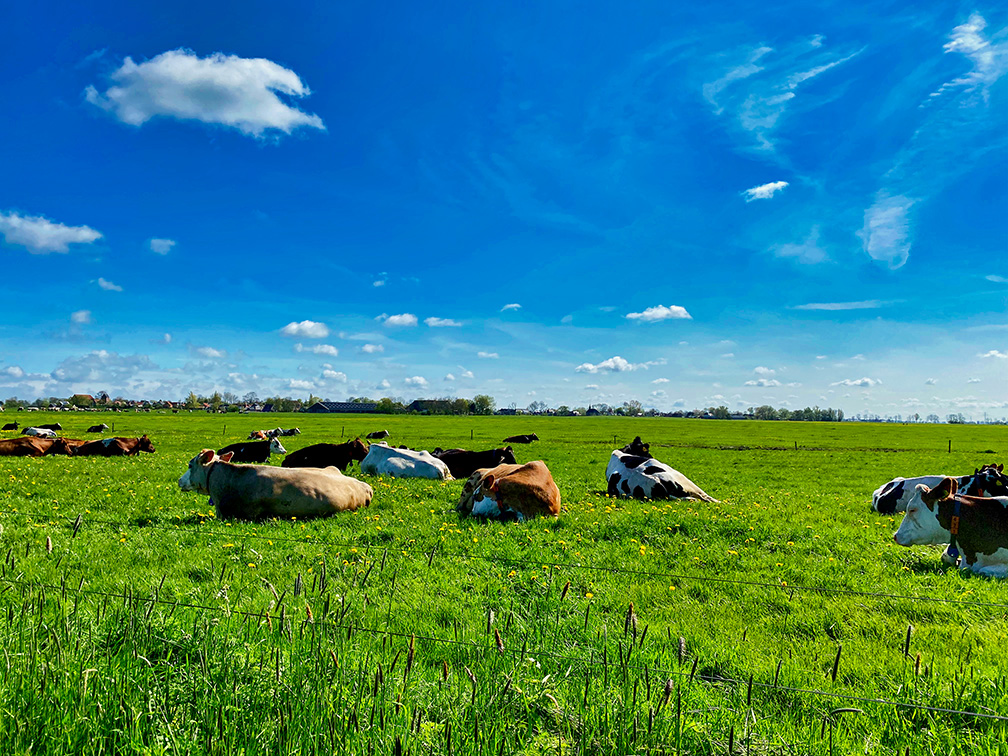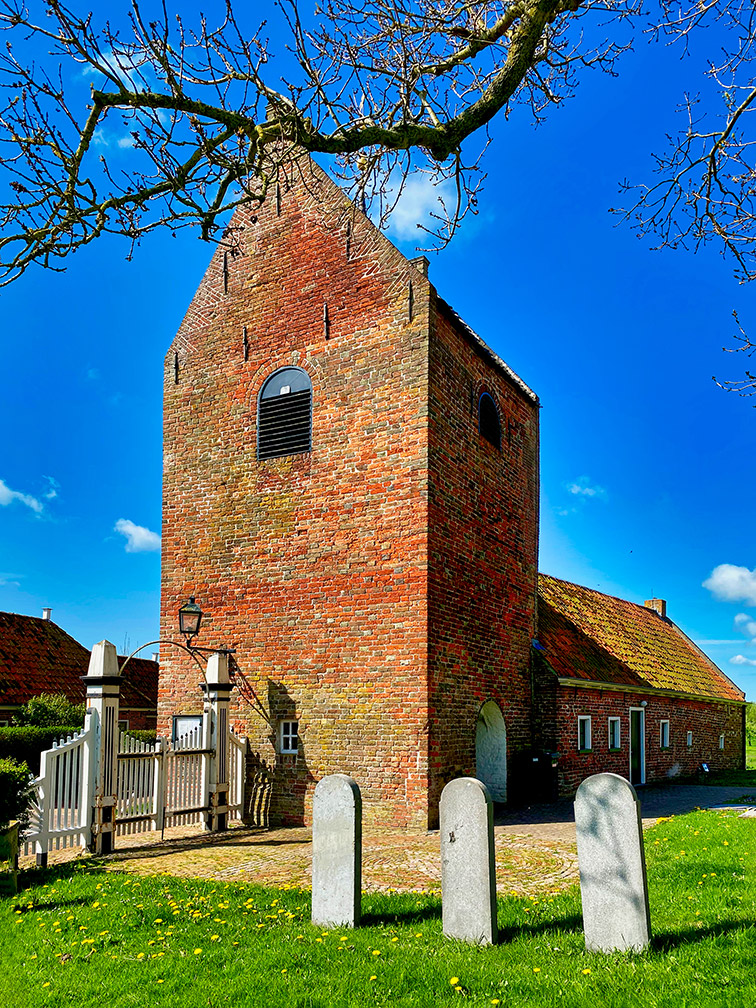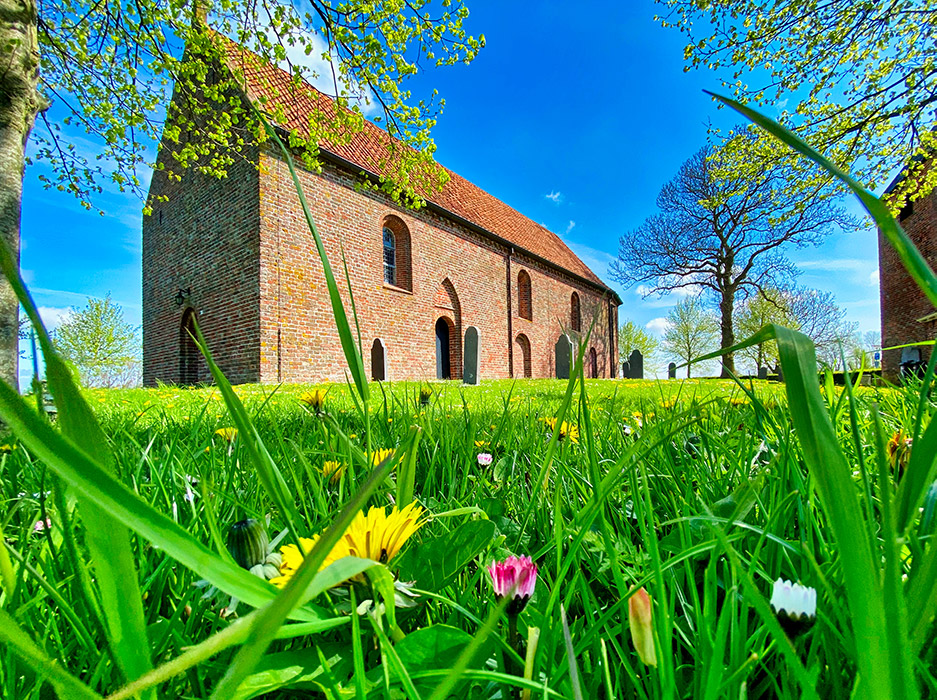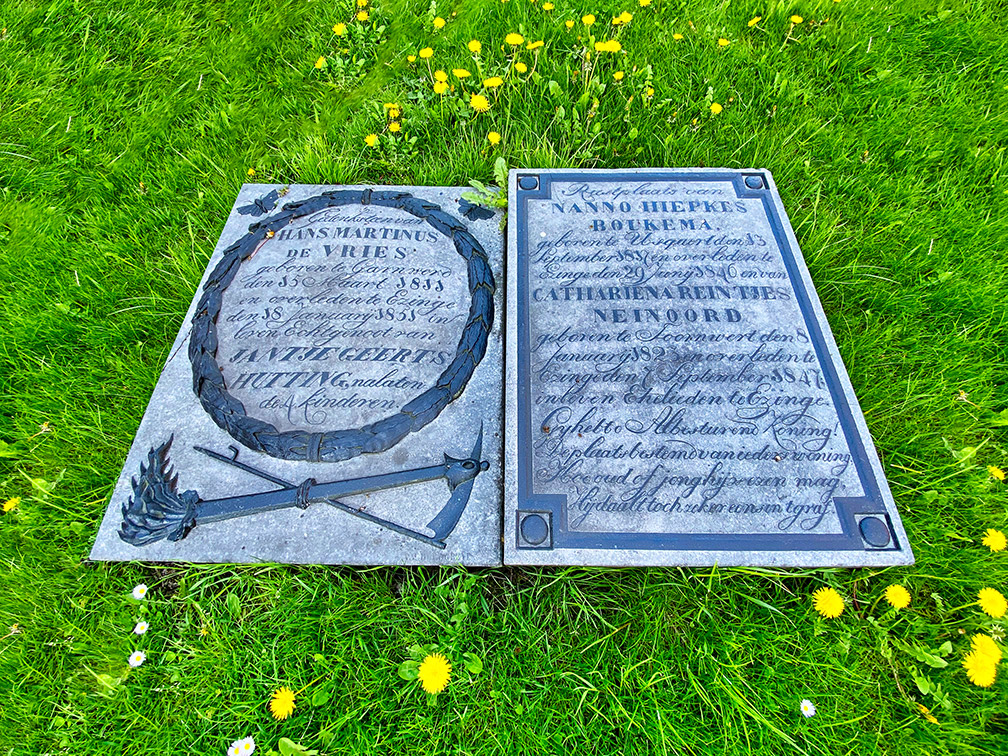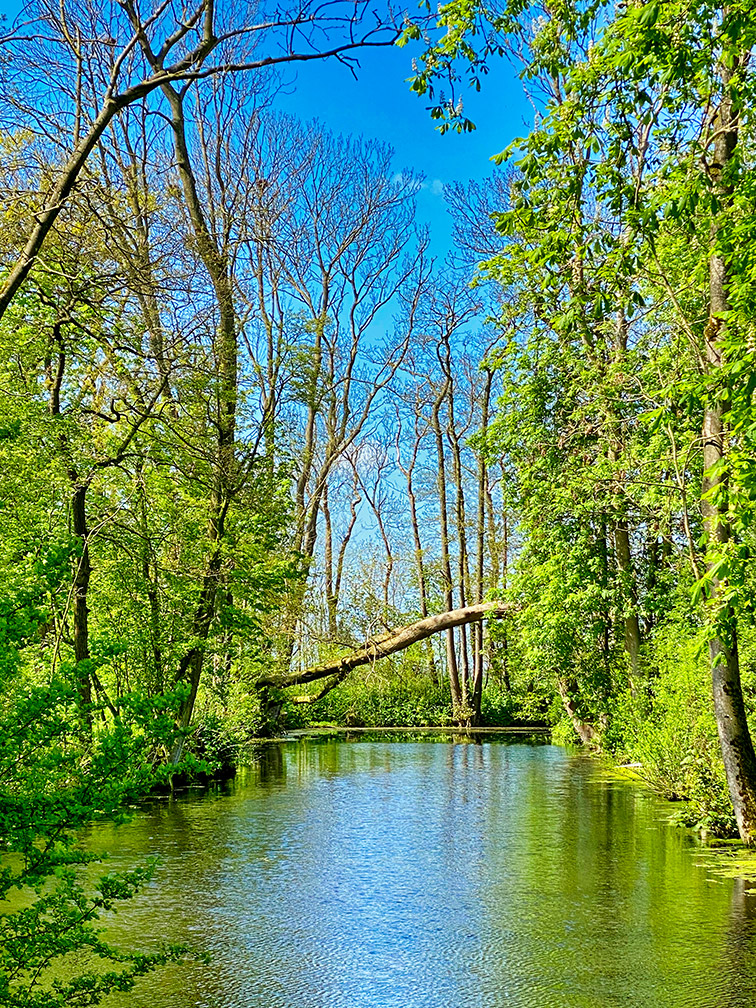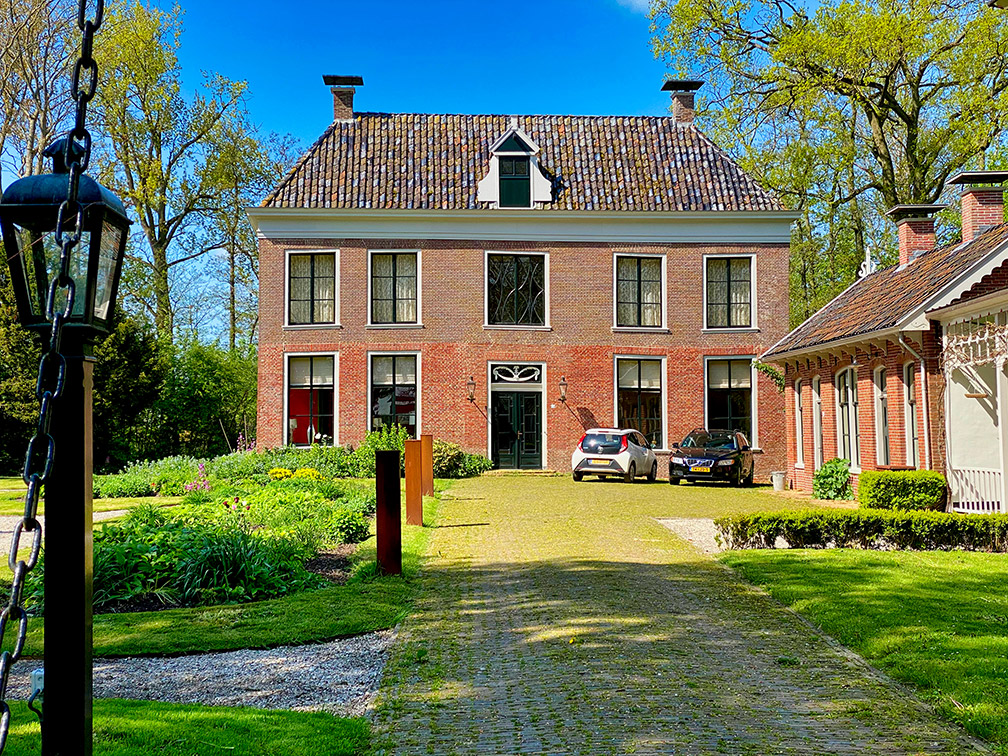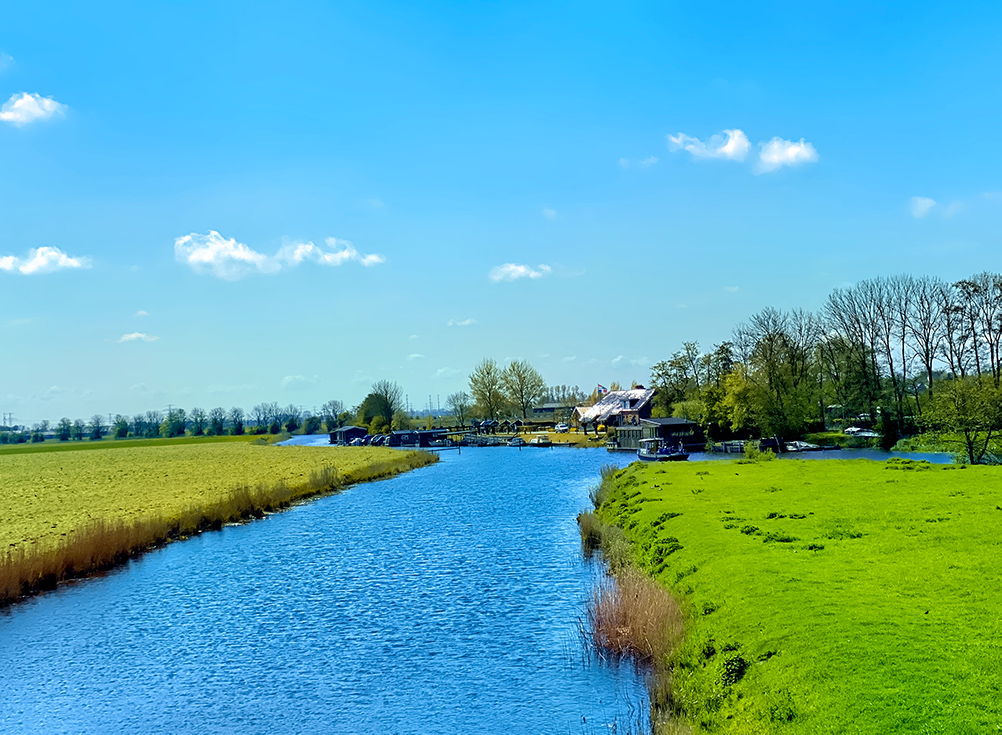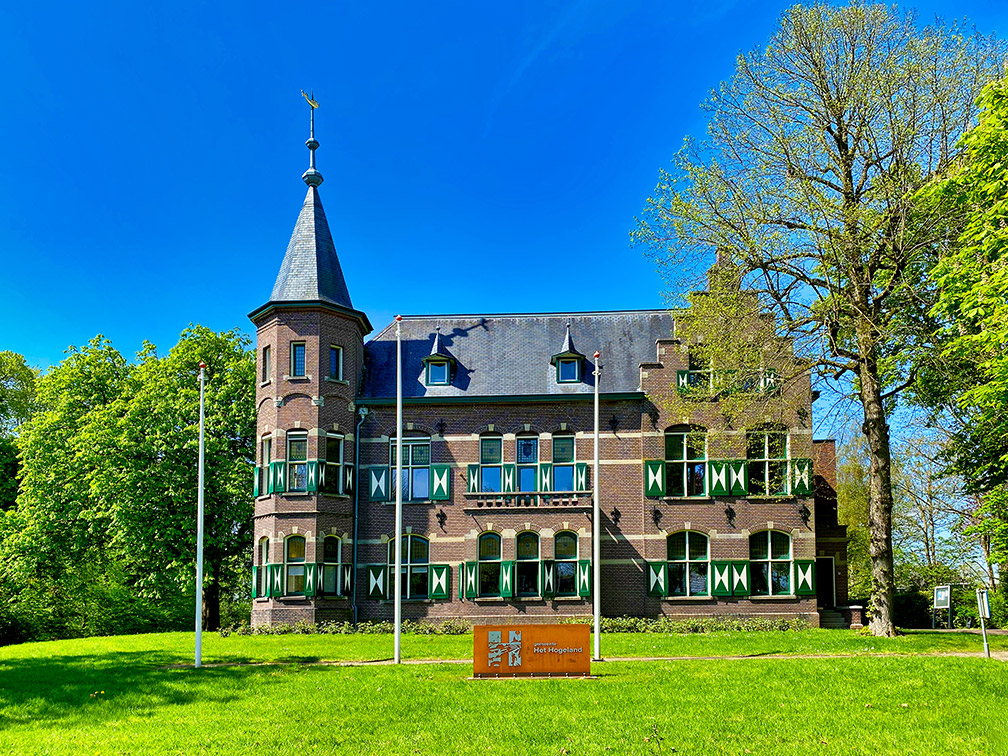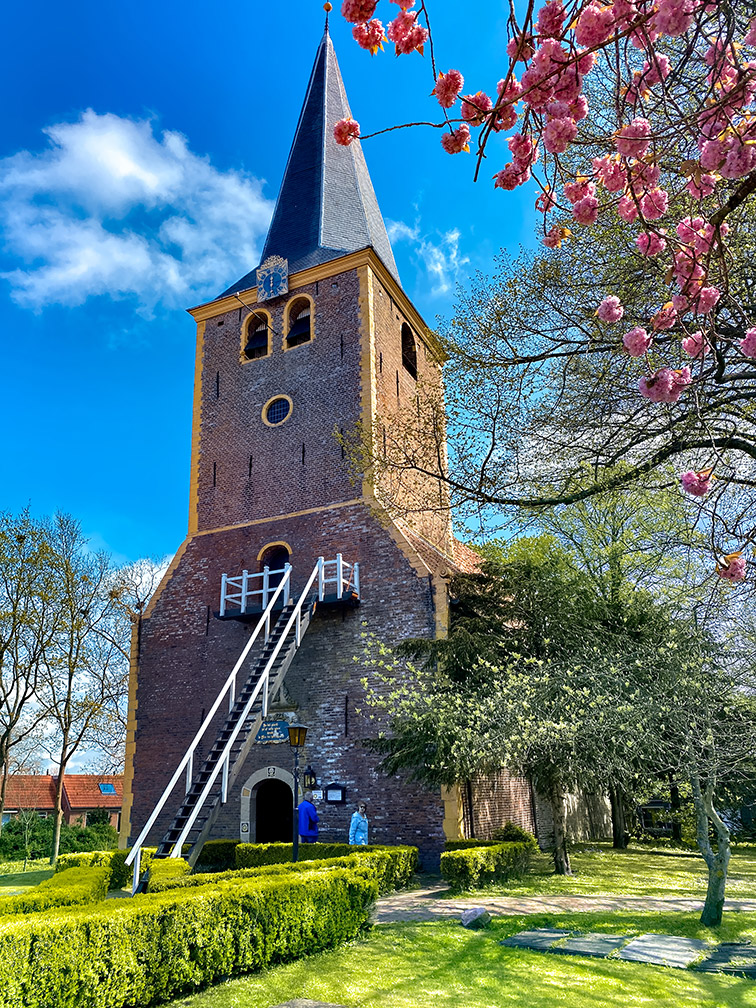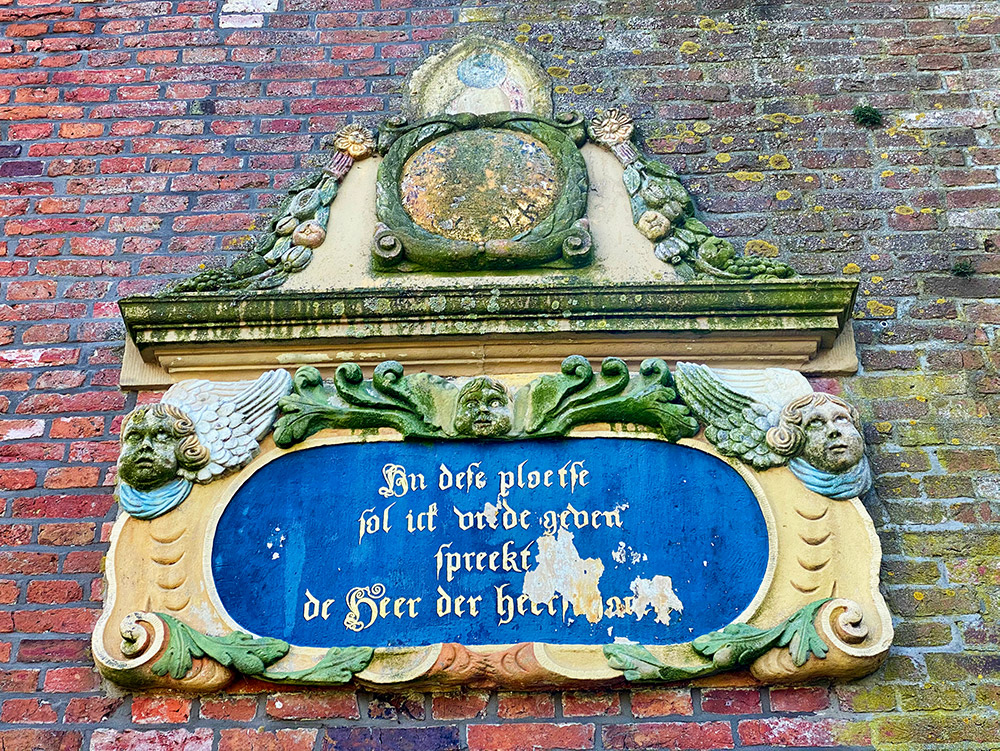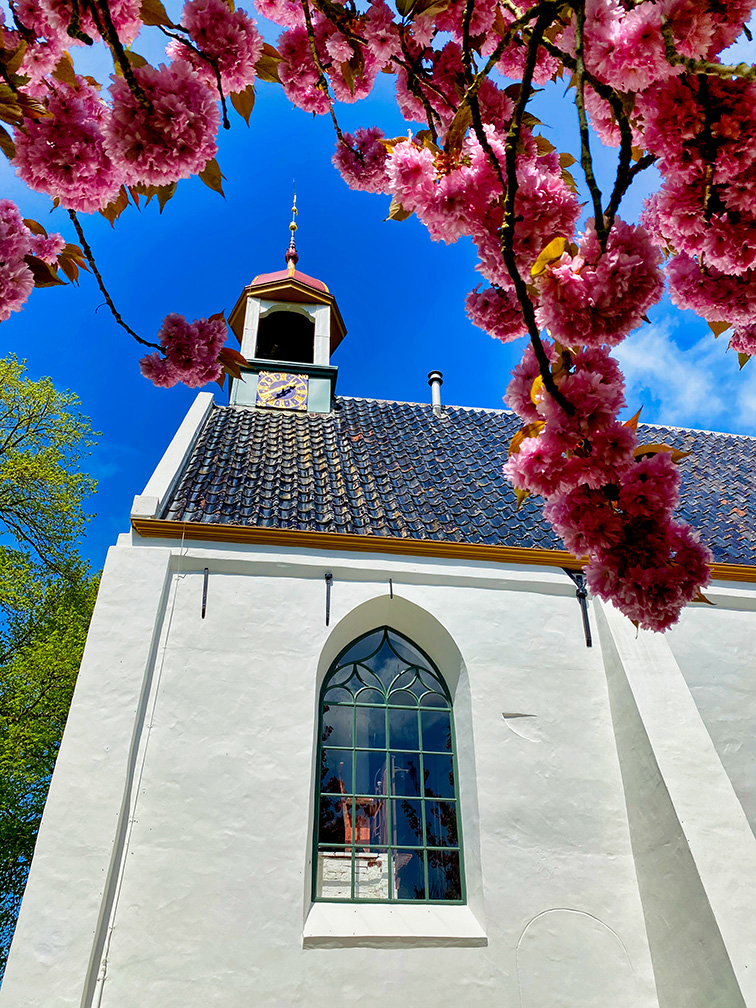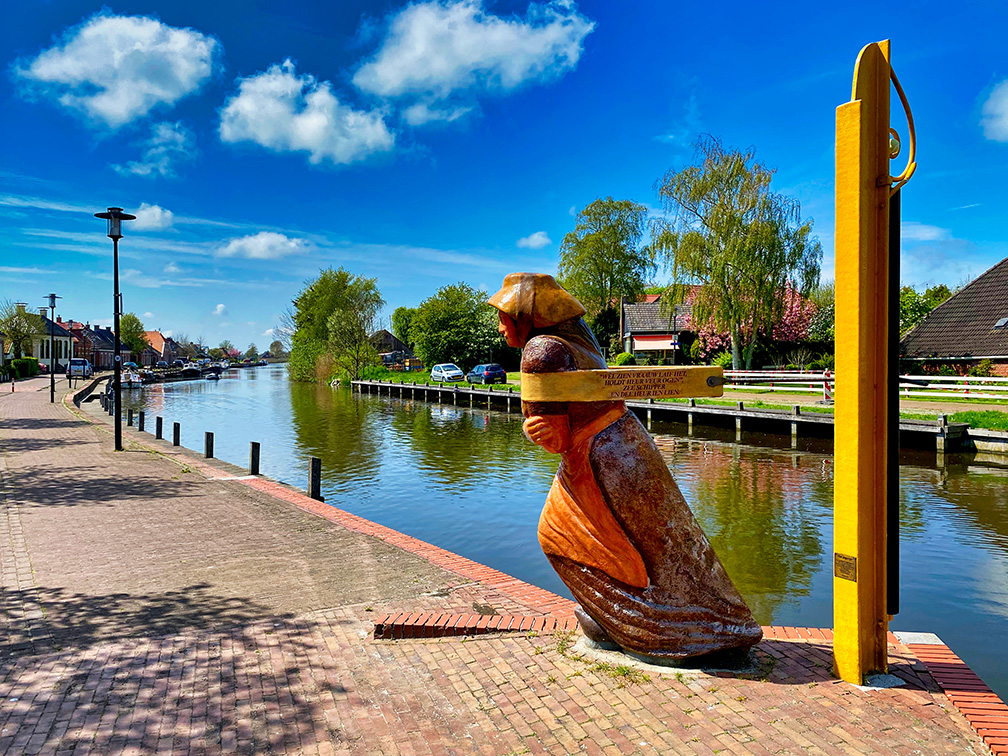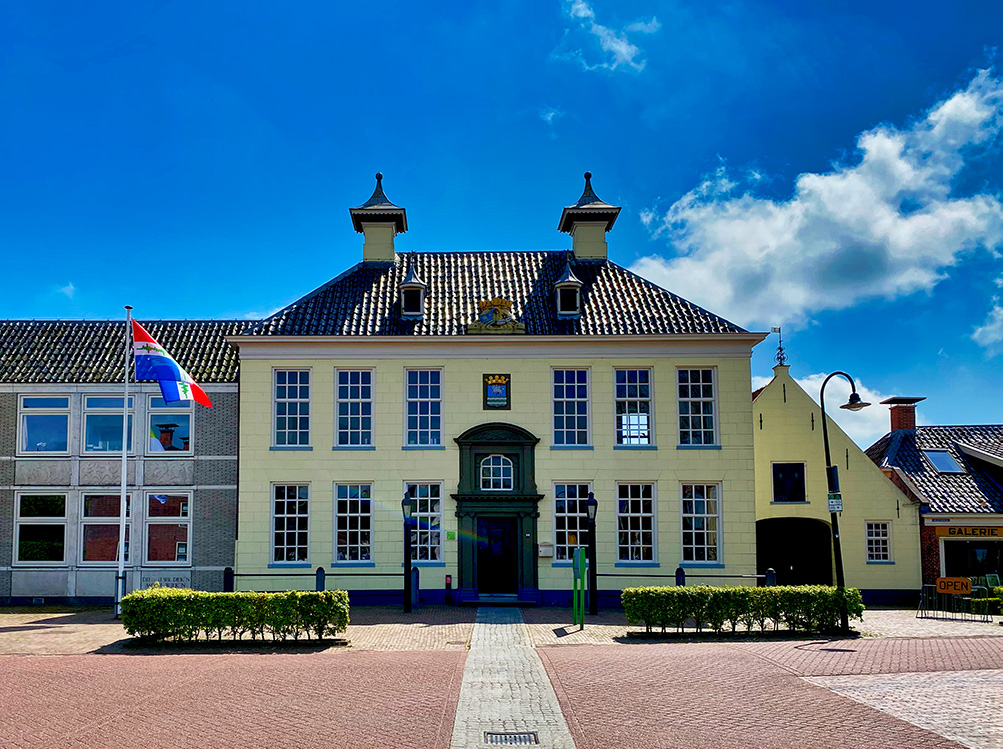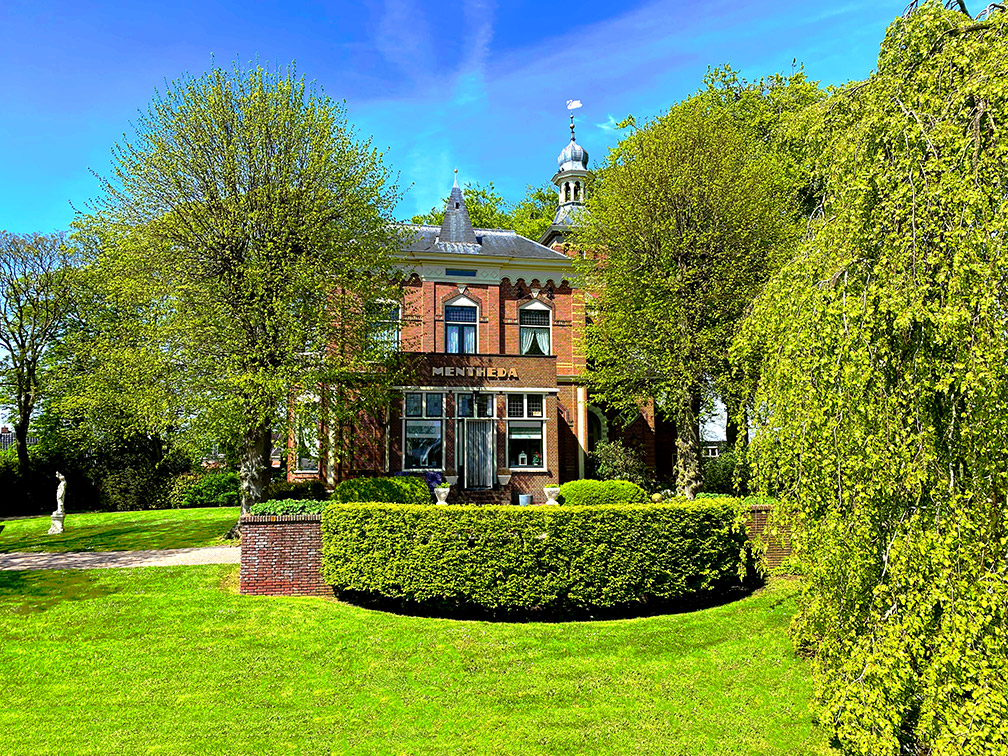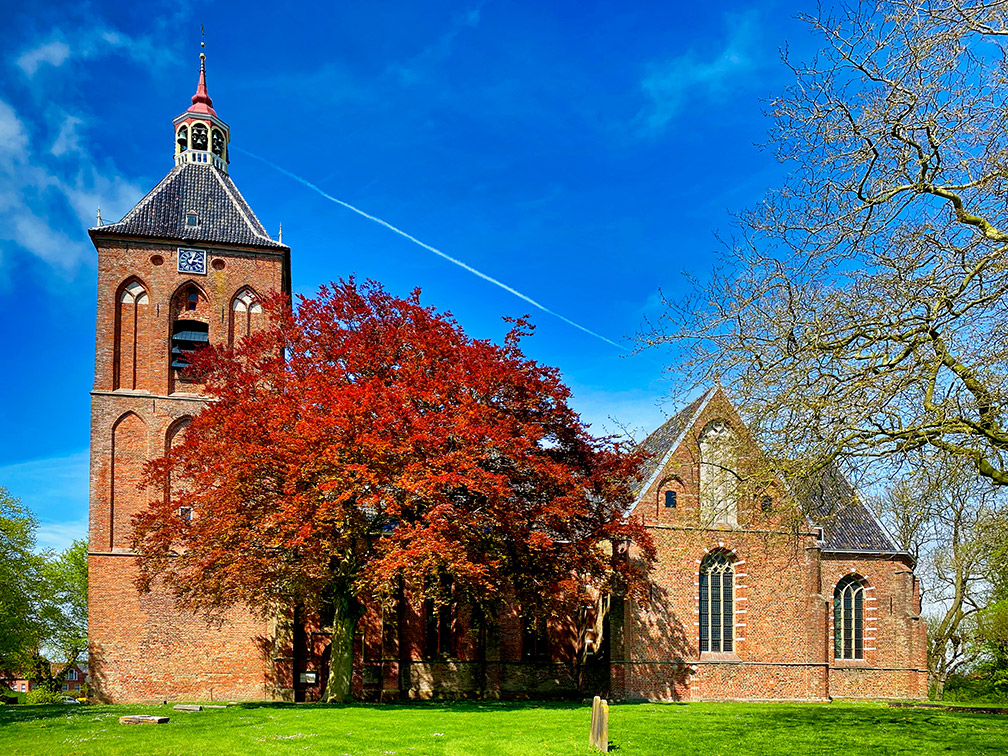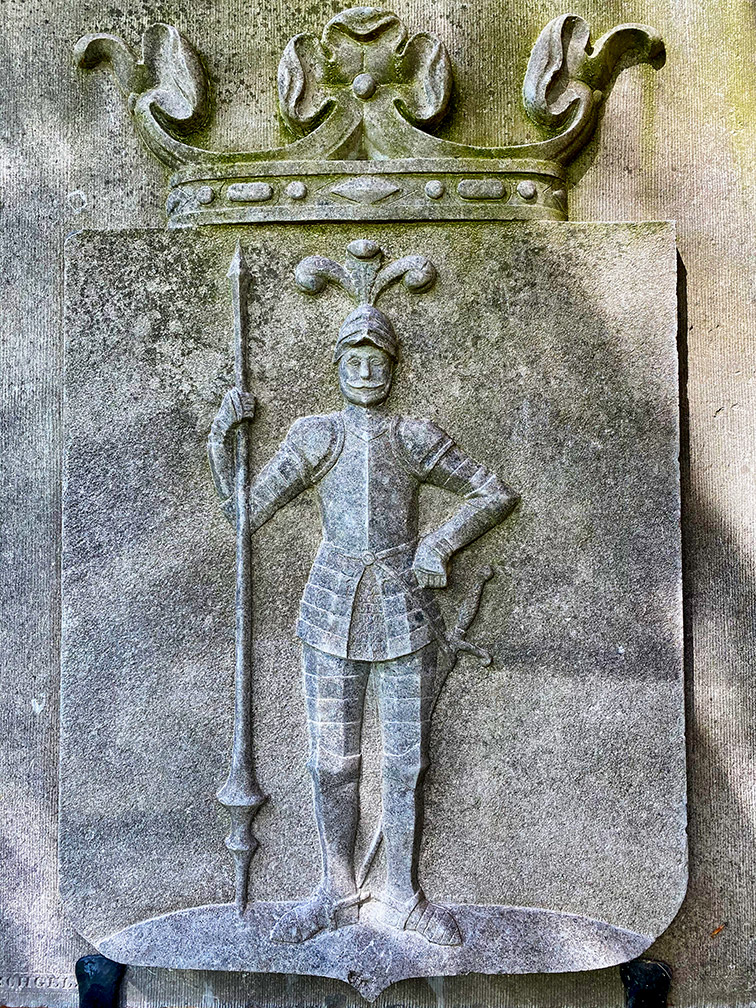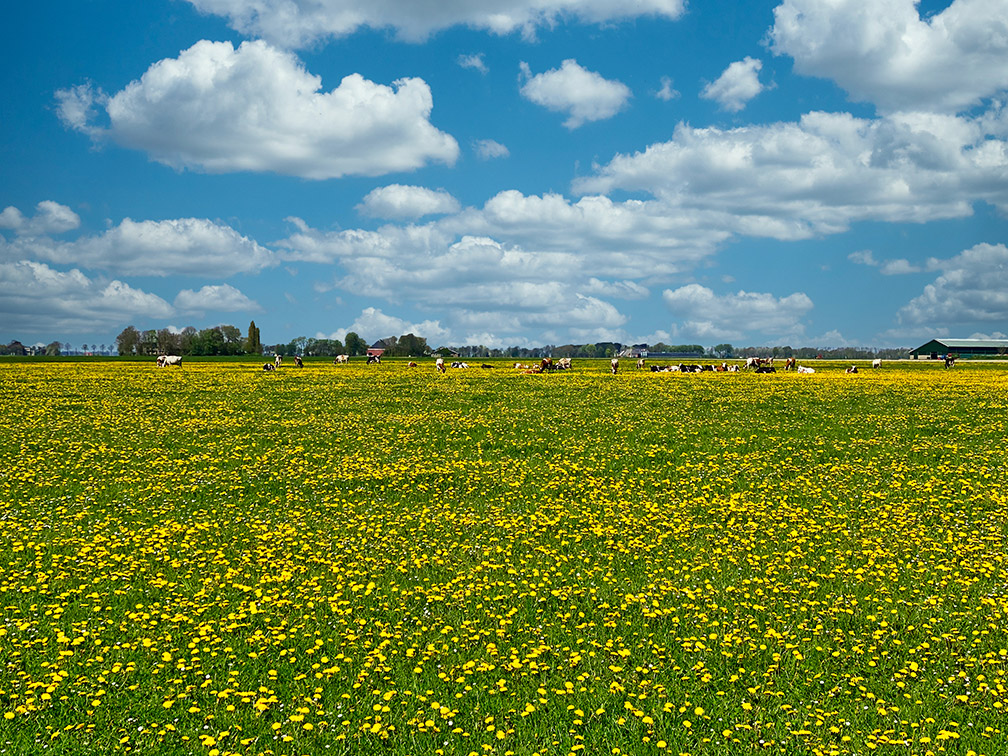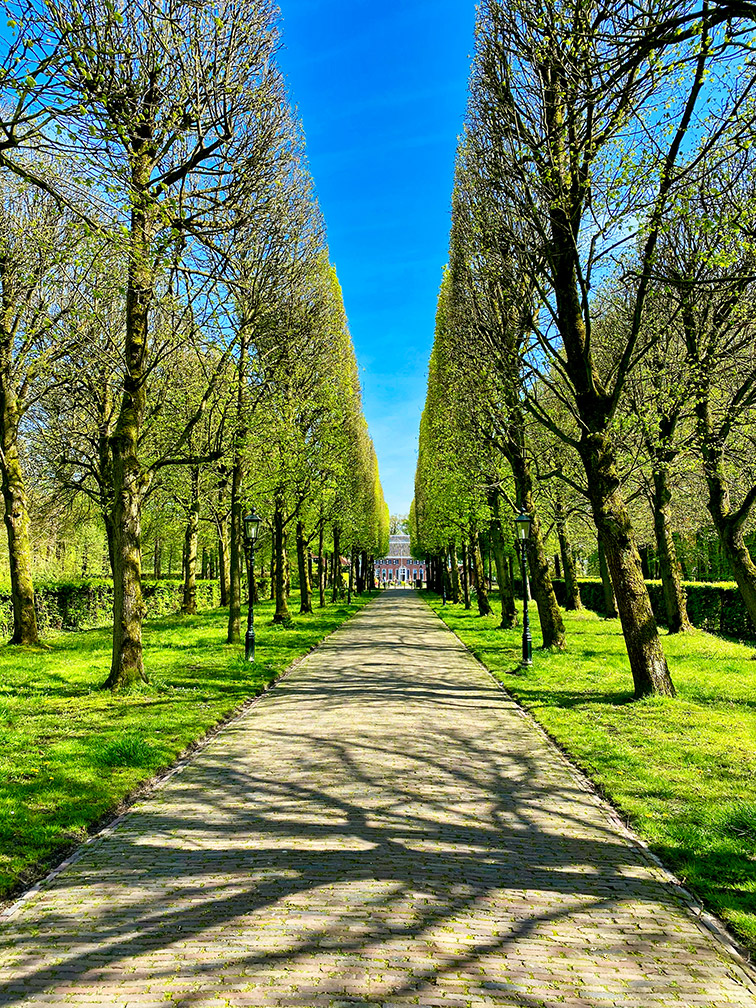On Ascension Day it was a wonderful sunny weather so we decided to make one more of the car puzzle tours from autopuzzeltocht.nl. We already did the Drentse tour in January, this time we went up to the north, through Groningen. What is great in a puzzletocht is that you have no idea in advance where you are going. You just follow the instructions, and it takes you to a route beyond your imagination!
This car puzzle tour through Groningen takes you along beautiful historic country houses (borgen), picturesque villages, grand farms and beautiful landscapes. The borgen date back to the Middle Ages and are truly beautiful. There were once 200, unfortunately only 16 of them are left. You can view at least half of them along this route.
You start your car treasure hunt in Den Ham and finish in Uithuizen. The hole route takes only 60km but I can assure you, you won’t get home before the evening. There are so many beautiful things to see, and you have to pay attention to the questions about this route along the way.
Piloersemaborg
Your first destination is in Den Ham, a tiny little road village with only 135 inhabitants. There is a historic country house here, the Piloersemaborg. It is 500-year-old, it appeared for the first time in 1521 as part of an estate division. The artistic fork in front of the building is a symbol for its present use, a restaurant and bed & breakfast run by top chef Dick Soek. The fork is decorated with elements from the coat-of-arms of previous owner families. Looks like the restaurant is definitely worth a visit, if you like tranquility and fine dining! Frankly, we didn’t know these places exist in the Netherlands.
Towards the next destination you are driving on very narrow roads between green meadows, painted by yellow dandelions.
After a pleasant drive you arrive to Ezinge, the mound village. A mound (wierden in Dutch) is an artificial hill, built to have a dry place during high water. Such hills can be found along the entire coast of the Wadden Sea. Wierden were not only made for human habitation, but also to keep the cattle safe. Ezinge’ village view, with a church from the early 13th century, is protected by the state. The church and a separate tower stands on the edge of the excavated mound. We could have spent the hole day here, we loved this scene so much!
Allersmaborg
Northeast of Ezinge is the Allersmaborg, our next destination. The Allersmaborg dates back to the Middle Ages and is located within a spacious canal with a drawbridge and is surrounded by an English garden and timber webs. Today the Allersmaborg is managed as an alumni house by the University of Groningen, which had a renovation carried out in 2007. It took a short walk from the parking place through the woods to get nearby.
From Allersmaborg the road took us to a small hamlet, Aduarderzijl. According to the most recent insights, the hamlet was built shortly after 1285 when monks from the monastery of Aduard had the Aduarderdiep digged to the Reitdiep and built the eponymous sluice here. I climbed up the ditch and the sight was so magnificent, that I forgot to take a picture of the main “attraction”, the ditch itself. Once upon a while, this was a scene where Spanish and Dutch troops fought in the 80 year war. The Aduardezjil had a strategic importance in the defence of Groningen. Today this is a very relaxed place, where you can enjoy the view of the waters and meadows.
After stopping at the sluice to make some pictures we crossed the Rietdiep and continued our trip. This time we were heading to Winsum were we passed the beautiful building of the town hall. It was built in 1911 as a notary house in neo-Renaissance style.
While driving out from Winsum, we came across this medieval church of which the oldest parts date from the twelfth century.
Breedenborg
After Winsum’s jumble streets we paddled to calmer waters again. We were supposed to stop at the next countryhouse on our list. But unfortunately, Breedenborg’s gates were closed so instead we visited the white church next to it. The year of construction of the church is dated to somewhere between 1150 and 1400. Originally the walls and the roof were built from different type of tiles. There might have been a separate tower, the church have been altered during the centuries. It had Romanesque round arch windows and there were two entrances on the isle, one for men and one for woman.
In 1849-1850 the church was completely renovated, whereby the medieval appearance almost completely disappeared. Next to the church there is the beautiful building of the Reformed presbytery.
Our next stop was in Onderdendam. In the center of the village, there is an interesting statue that refers to the rich history of Onderdendam. Formerly this was an important junction of waterways, and ‘scheepjagers’ (like the female character depicted here) were employed to get the ships moving. The inscription on the drawstring is an old Groningen saying: “Wèl zien vraauw laif het, holdt heur veur ogen”, zee schipper en dee heur ien lien. “He who loves his wife keeps her in sight,” said the skipper, and put her on the line.
Middelstum
In Middelstum there were three small chateaus: Asinga, the much larger Ewsum and Mentheda. From castle Ewsum there is only one guntower standing. The original building of Mentheda is said to have been demolished in 1738. Villa Mentheda was built in 1905 opposite the borg area (the former borg Mentheda) and is a national monument.
And just around the corner there was another impressive and nobel building, The Sint-Hippolytus church. The Hippolytus Church is a Gothic cross church that was built in the fifteenth century. This was a magnificent place with a lot of space, vegetation and sunshine. This is where we learned another significance of the route we took. As a tourist sign explained, some of the villages we went through formed the historical coast line ~2600 years ago. These settlements must be some of the oldest in the country.
A bit further was another borg, Castle Asinga. It was demolished in 1744, after which only the gatehouse from 1611 has been preserved. After the Reformation, the gatehouse served as a hidden Catholic church for a while. Nowadays the gatehouse is a private residence and it is not open for visitors.
We were approaching the last part of our journey, which started with imposant fields and dead silent (Doodstil) hamlets. And yes, one of these were actually called Doodstil. The green board says ‘The most beautiful place name in the Netherlands’.
Menkemaborg
The last chateau, Menkemaborg, brought us to Uithuizen. The current landhouse dates back to the late fourteenth and early fifteenth century. In 1921 the heirs donated the estate to the Groninger Museum. Unfortunately neither the building nor the garden were open, so we had to be content with the sight. There was a lovely terrace there, packed with visitors, enjoying the late sun with a cup of coffee. But we were in a rush, since we were still an hour drive away from home.
